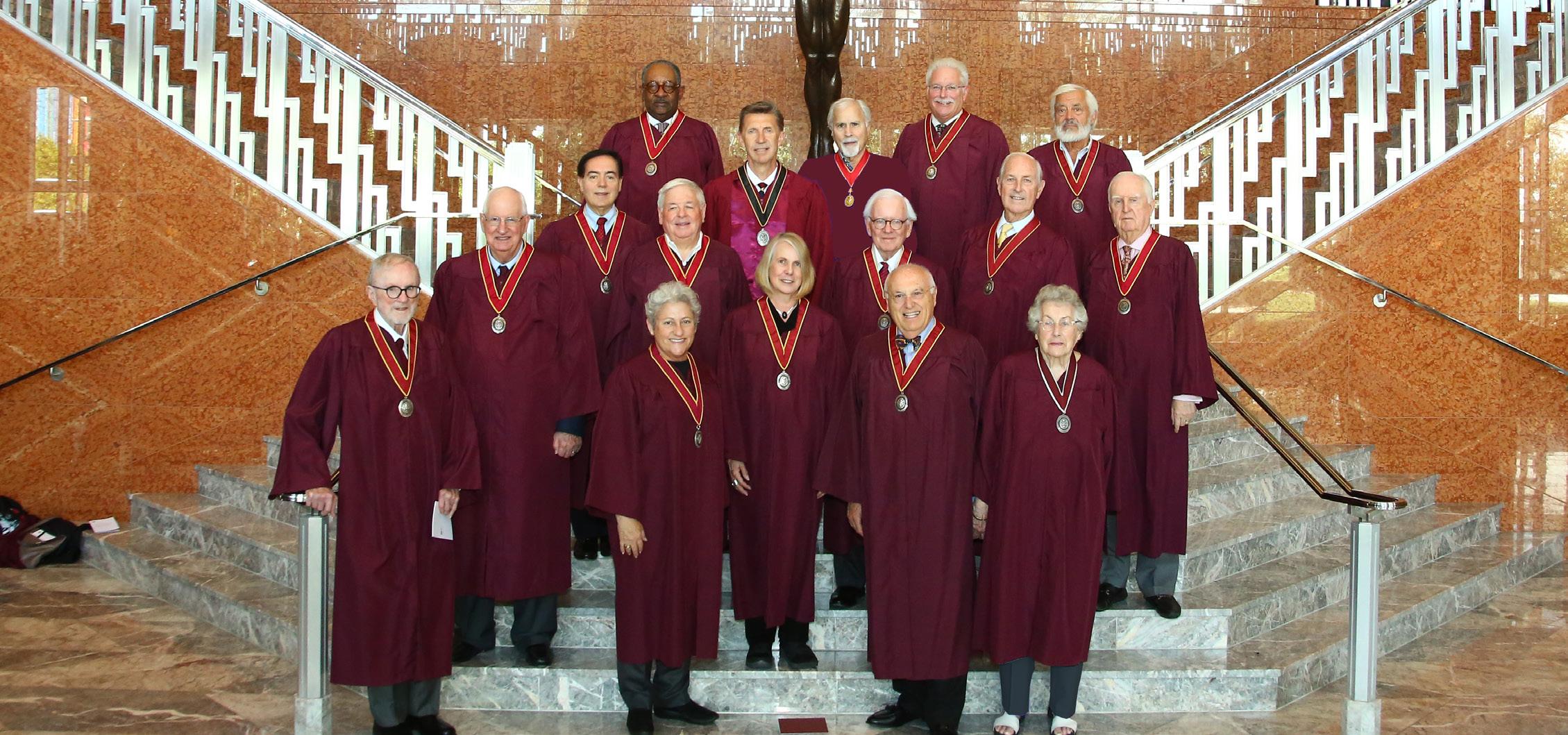




Founded in 1952, the College of Fellows is composed of members of the Institute who are elevated to Fellowship by a jury of their peers. Fellowship is one of the highest honors the AIA can bestow upon a member. Elevation to Fellowship not only recognizes the achievement of the architect as an individual, but also elevates before the public and the profession those architects who have made significant contributions to architecture and to society.


The College was founded in
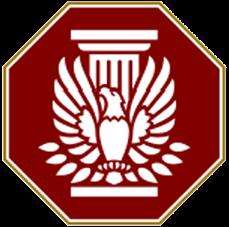
And is comprised of:
Members of the Institute who are elevated to Fellowship by a Jury of their peers.
Fellowship is one of the highest honors the AIA can bestow upon a member.
[only the Gold Medal is higher].
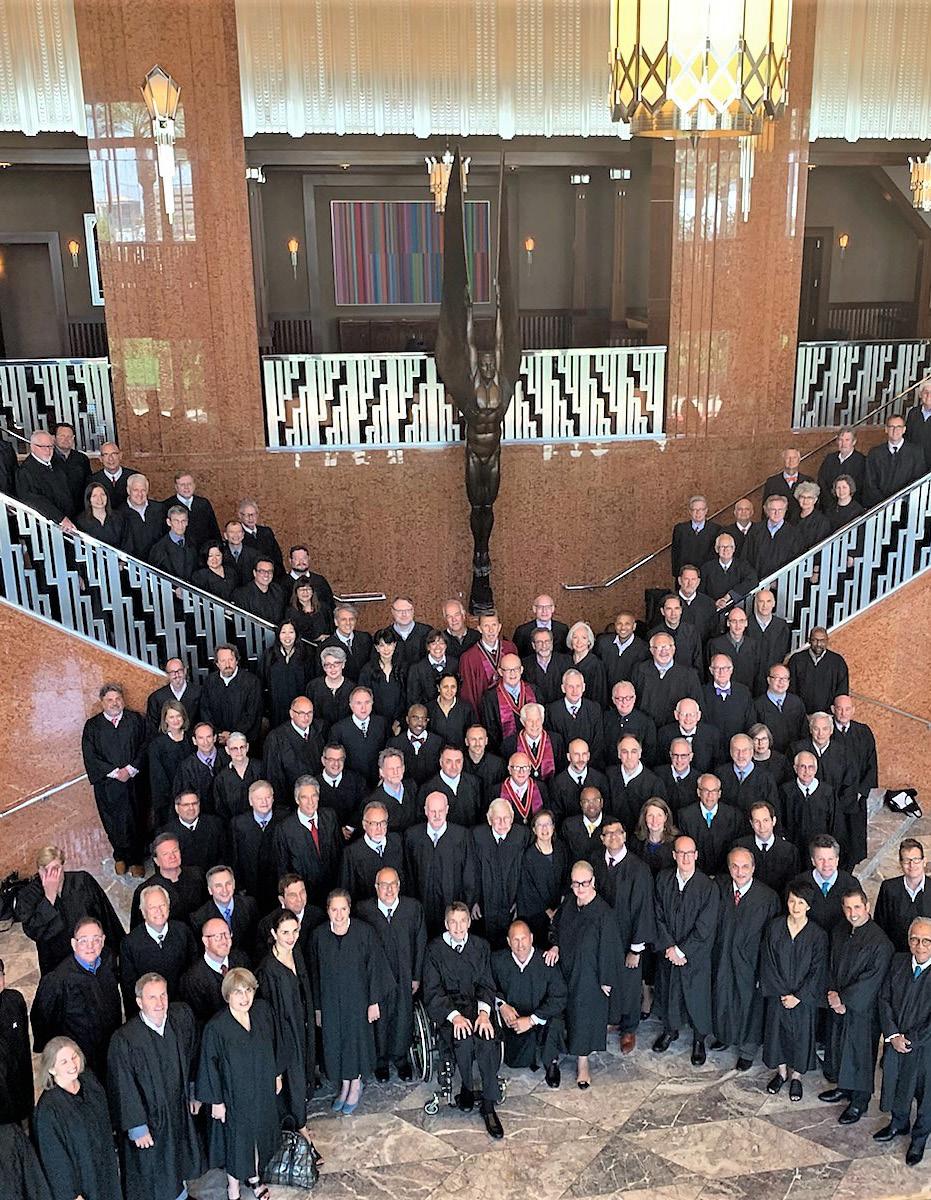
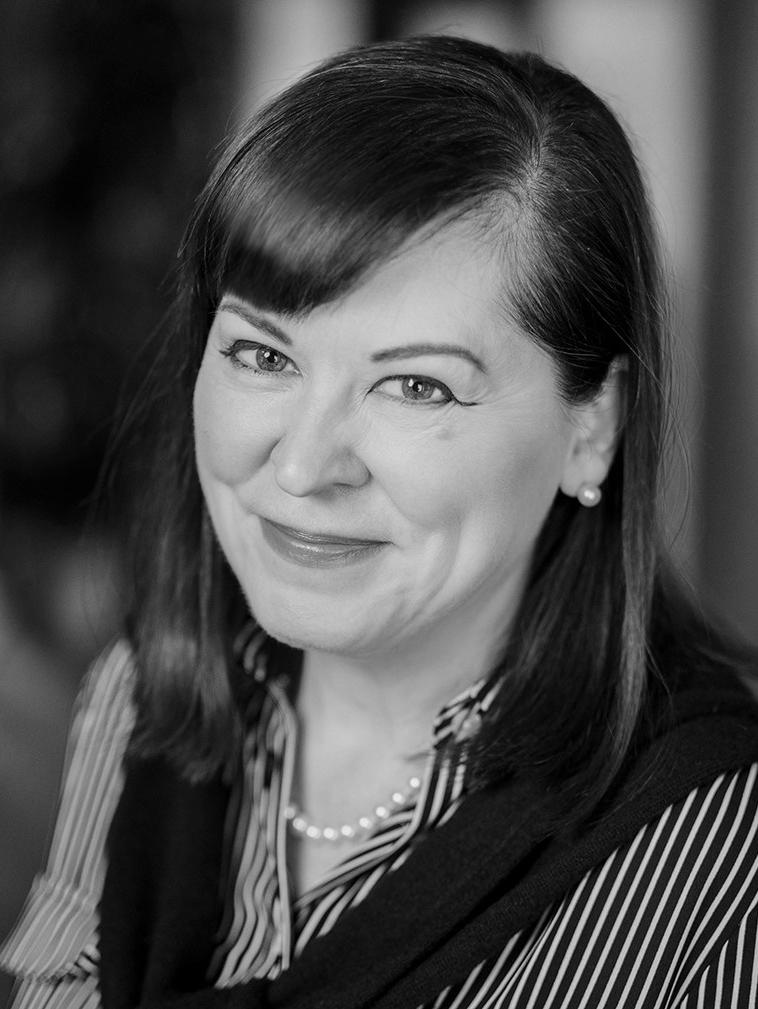
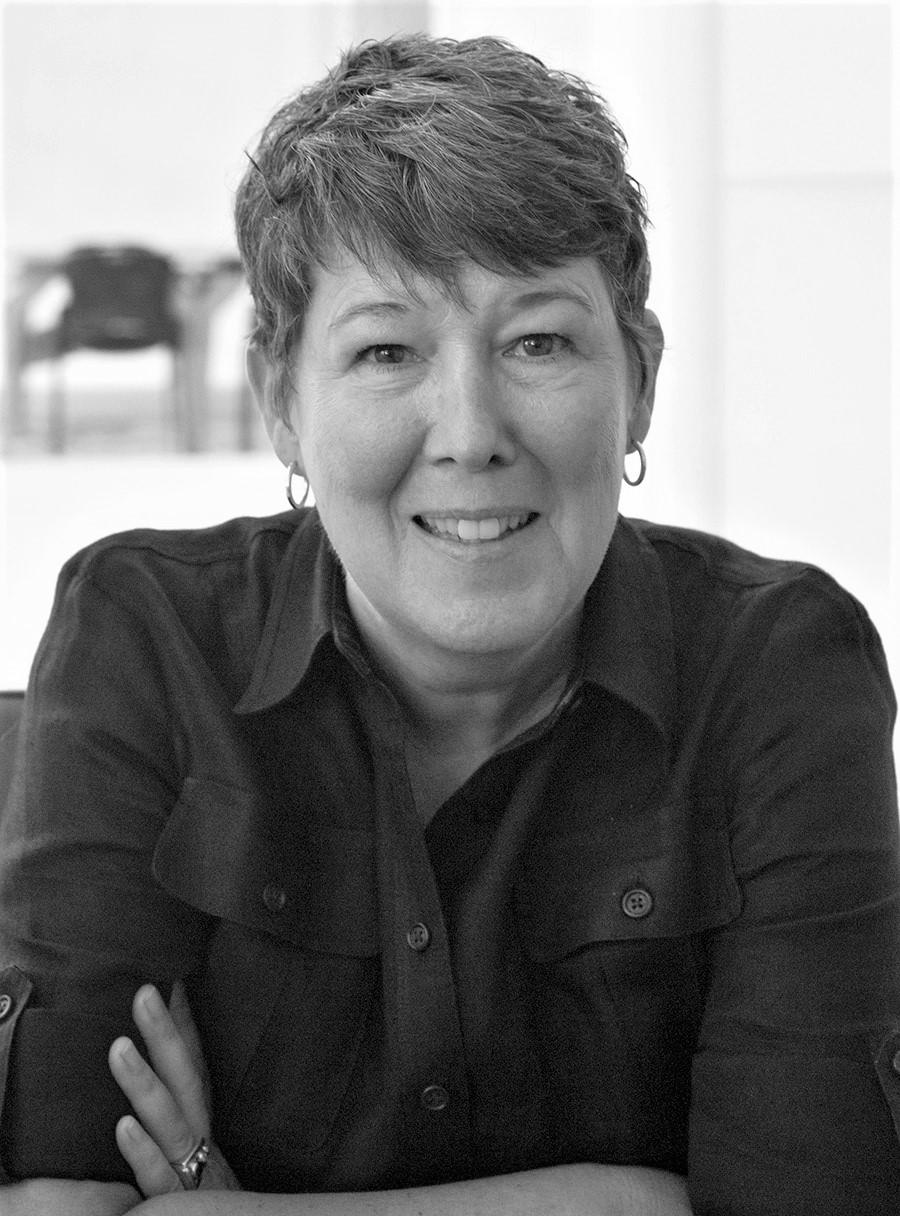

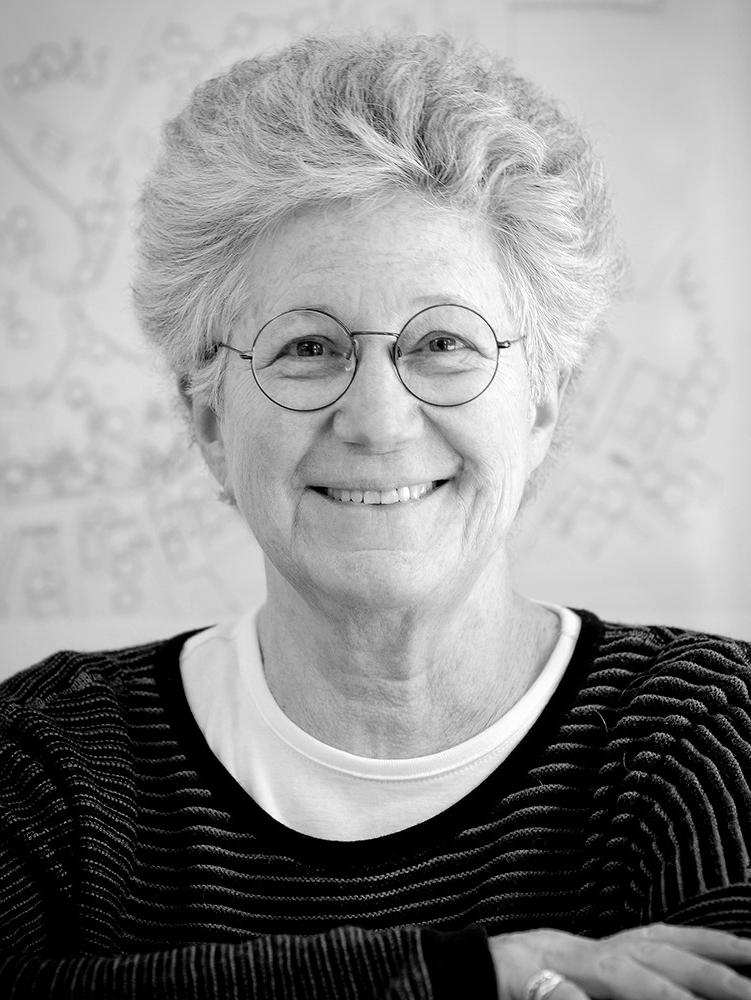
Prize
A $100,000 Bi-Annual Research Grant + EP Component Grants


A two-way mentoring program dedicated to lifelong learning and leadership development.
Lenore Lucey, FAIA

• Who You Are
• What You’ve Accomplished
• When It Occurred
• Why it’s Significant

• How it Benefited or was shared by the Profession
• Then Prove IT! with Documentation and Support.
Practice-Management or Technical Advancement
Led the Institute or Related Organization
Advancement of Living Standards
Secretary
Lenore Lucey, FAIA
Alternative Career, Volunteer, Service to Society
Education, Literature and Research

MUST have 5 projects where candidate is “Largely Responsible for Design” with proper signoff
Jury doesn’t judge design
Jury looks for peer recognition through awards and articles

How have you elevated your firm?
How are you sharing with the profession?
Show that through design/innovation that the field is better.
Awards not necessary but the jury will expect to see sharing in the form of speaking engagements, publications, and mentoring.

LED THE INSTITUTE:
Jury is looking for “So What?” factor. Provide quantifiable results!
LED RELATED ORGANIZATION: Not enough just to lead it.
What did you do to connect it to the AIA?
Seat time is not important –
what did you do?

• Government industry or organization.
• Need to document the benefit to the Institute.
• How is your work affecting policies?
• How are you making things easier for architects in the profession?

• Show how contributions are significant because the nominee is an architect.
• Volunteer work not used as a marketing vehicle.
• Must be clear you are NOT gaining commissions through volunteer service.

FOR EDUCATION:
Show impact through “Teaching Tools; Student Work.”
FOR LITERATURE:
Demonstrate how your writing has made a lasting impact and served as an inspiration to others in the field and the profession.
FOR RESEARCH:
Prove your research areas that may include building codes and standards, specifications, new material applications, or inventions have had a ripple effect in the practice or profession.
Section 1: Summary Statement
Section 2: Significant Work
Section 3: Exhibits
Section 4: Reference Letters

• Must be a Fellow or an AIA member in good standing.
• Must provide a one-page letter of support.
• Should be your Best and Worst critic, someone that knows you very well!
• May sponsor more than one candidate, but be specific to each candidate and/or in different categories.
• Should be knowledgable about your accomplishments.

• They should be closely involved in the Submission Process.
• Their letter should speak directly and specifically to your achievements.
• They serve as a resource between you and your references.
• Lay it all out in the letter!

• This is where you lay out your case. It’s your “Thesis for Elevation.”
• Focus on THREE main points, and expand them in Section 2.
• Be clear, concise and succinct, while restating claims from sponsor’s letter.
• Prove “RIPPLE EFFECT” of work.
• Local work OK, but show broad impact!
• HAMMER IT IN!

2.1
SIGNIFICANT WORK
• Projects
• Jury Service
• Presentations
• Lectures
• AIA Service
• Civic & Volunteer Work
2.2
Honors, Awards & Recognition
2.3
Publications (about or by you)

• Demonstrate broad influence and impact.
• You can reformat, but keep in same order.
• Group similar accomplishments together.
• Jury needs a quick visual of: Lectures, seminars, awards & publications.

• Work should support YOUR case first.
• Explain any time gaps.
• Divide up different types of awards.
• Make distinction about articles: - about you or authored by you.

• Exhibits should support YOUR case first.
• Show tangible results.
• If submitting in design: Show a minimum of 5 projects. AND use only your strongest projects!
• If not in design, show them last.
• A picture is worth 1,000 words.

• Speak directly about your work.
• Seek those with a direct connection to you.
• Each reference should focus on one or two points from your Summary Statement.
• Should be recognized leaders in your field.
• Should have a broad geographic range.
• Avoid “big names” offering no substance.

• Prepare a Clear & Concise Presentation.
• Secure a Strong Sponsor.
• Secure Strong & Specific References.
• Support your Summary Statement.
• Focus on Results & Achievements.
• Demonstrate Influence on Profession.

2023 JURY OF FELLOWS:
• Chair RK Stewart, FAIA
• Carl D’Silva, FAIA
• Lisa Lamkin, FAIA
• Rebecca Lewis, FAIA
• Pamela Rew, FAIA
• Anne Schopf, FAIA
• Allison Williams, FAIA
Jury members represent a diverse geographical and object mix.

• Candidates are presented alphabetically.
• Jurors review submission simultaneously.
• Presenters draws attention to what does or does not support claims.
• Presenter answers questions from jurors and makes recommendation.
• Jury discussion 10-12 minutes total.
THEREFORE it is critical that your submission be clear, concise and results oriented.
• Document YOUR influence on the profession.

• Each juror reviews 1/7 th of total submissions (approximately 30 – 35 per juror)
• Presents assigned candidates.
• Each juror reviews the summary section for each and every candidate.
• Rule – a juror may not review candidates from their own firm or region or if they served together on a national board or committee.

• Only six jurors vote – one sits out (juror from their region or firm, or next presenter).
• Takes a minimum 4 votes for elevation.
• Unanimous vote is NOT REQUIRED.
• Ties are set aside until the end.

• Has nominee been nationally recognized?
• Has the nominee had a “ripple effect”?
• What are those ripple effects?
• Has the nominee been active in the AIA?

• Strong, specific sponsor letter.
• Strong, specific reference letters.
• Well organized submission, not to exceed 40 pages. Ten point font is the minimum!
• Clear, concise summary statement that is not over-reaching.
• High quality images/exhibits.
• Consistency
• Leadership
• Results
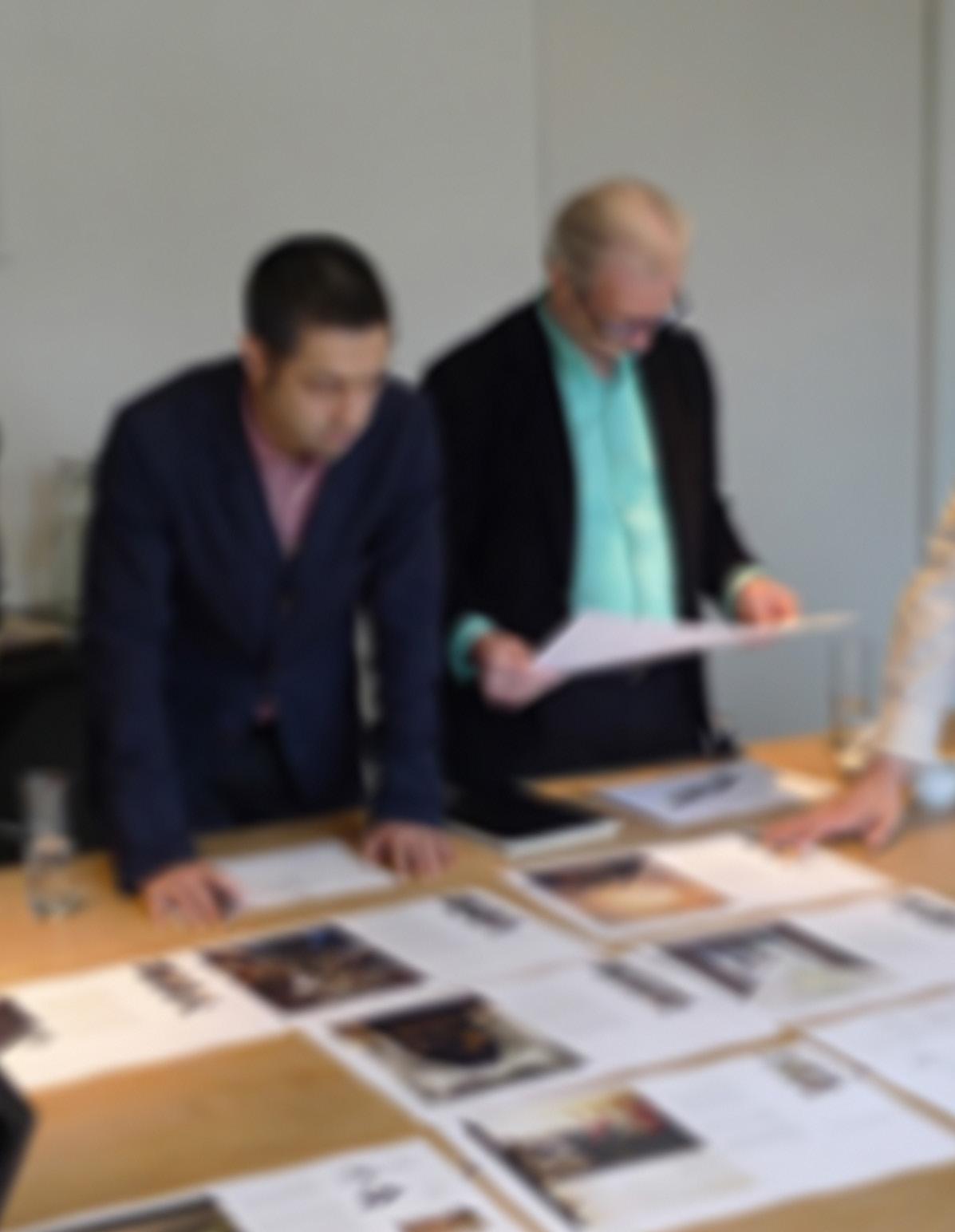
• Published work
• Award recognition
Notable Contributions
• Impact on other practices
• Lecturing
• National leadership

• Publications
• Awards
• Requests to speak
• Requests to serve on juries
Sharing of Knowledge or Expertise
• Speaking and leading seminars
• Publications in architecture journals
• Publications in associated professional journals
• National news media coverage
• Published peer recognition

• National offices held.
• Local and regional offices held.
• Committee chair.
• Jury service.
• Authored articles.
• Presented at conventions.
• Demonstrate impact and results.

The following are all MYTHS!
• It’s best to get only Fellows to write reference letters.
• Your reference letters should come from members only.

• Letters from BIG names are best.
There are no Quotas!
• Number of candidates elevated.
• Number of candidates per category.
• Number of categories per component or region.











